Decrypting the Customized Process of Glass Spray Bottle
The process of customized glass spray bottle involves several key steps, including the selection of glass materials, molding, surface treatment, printing and decoration, and the design of spray head and bottle cap. By using advanced blowing, pressing, and injection molding processes, bottle bodies with various shapes and excellent textures can be created. Surface treatment processes such as sandblasting, electroplating, coloring, etc. endow glass bottles with unique visual effects and tactile sensations. Printing and Ms. Zhai’s craftsmanship, such as screen printing and UV printing, make the bottle design more personalized. The combination of all these processes not only meets consumers’ dual needs for aesthetics and practicality, but also enhances the brand’s market competitiveness.
1. Introduction
Customized glass spray bottles are widely used in beauty, household cleaning, perfume packaging and other industries due to their versatility and beauty, and have become a popular choice for consumers and enterprises. Its high transparency and texture make it suitable for displaying high-end products, while its reusable characteristics conform to environmental trends, increasing its attractiveness to the market. The customized design of glass spray bottle can not only meet the unique needs of the brand, but also stand out in the market.
The process of making customized glass spray bottles is designed with multiple fine processes, from material selection to molding process, to surface treatment and printing decoration, each step is crucial. These processes have greatly affected the final quality and appearance of spray bottle products, making them both useful and attractive. Understanding these manufacturing processes will not only help to understand the market value of glass spray bottles, but also provide more choices and creative space for brands and consumers.
2. Selection of Glass Materials
In the production of customised glass perfume spray bottles, the choice of glass material is crucial, and different types of glass materials have different characteristics and are suitable for different purposes.
-
- Ordinary Glass and High Borosilicate Glass: Ordinary glass is a common material used to make spray bottles, with good transparency and lustre, suitable for displaying aesthetically pleasing and packaging products that do not require high quality. It is less costly, but has an average performance in heat resistance and chemical resistance. In contrast, high borosilicate glass has higher heat resistance and chemical resistance, not only can store ordinary solutions, but also can be suitable for containing in high concentration of chemicals or high temperature disinfection environment. Its low coefficient of thermal expansion makes it less susceptible to rupture due to temperature changes, making it an ideal choice for packaging high-end skin care and pharmaceutical products.
- Application of Recycled Glass: The use of recycled glass is increasingly becoming an environmentally friendly trend. Recycled glass is made by recycling waste glass and re-melting it, reducing the consumption of raw materials and carbon emissions in the production process. The use of recycled glass helps protect the environment, reduces waste of resources and meets consumer demand for sustainable products. However, recycled glass may be mixed with impurities during the production process, and the clarity and purity of the glass when it comes to live streaming is slightly less than that of newly made glass. For this reason, recycled glass is mostly used for glass products that do not require absolute transparency or very high piping requirements.
By choosing and using different types of glass materials, customised glass spray bottle manufacturers can provide solutions that are both environmentally friendly and high-performing for different product needs.
3. Perfume Glass Spray Bottle Moulding Process
The moulding process of glass spray bottles directly affects their quality, appearance and function. According to different production needs and design requirements, different moulding processes can be selected. The following are the three main moulding processes:
-
- Blow Moulding: Blow moulding is a traditional method of making glass spray bottles. Firstly, the glass is heated to a high temperature until it becomes liquid, in this state, the glass is blown into a pre-designed mould, where it is pressurised by air to form the desired shape by the inner walls of the mould. These processes are suitable for small batch production and for bottles that require high precision, as he can finely control the shape and thickness of the bottle to produce intricate designs. Blow moulding is suitable for the production of high-end customised perfume glass spray bottles in a variety of shapes, especially those that require a unique design or special look.
-
- Press Molding: Press molding is a highly efficient method of forming glass for high volume production. The process works by just love that heated glass liquid is placed into a mold and then a pressing tool is used to apply pressure to it, causing the glass to fill the shape of the mold. The advantage of this method is that it is fast and efficient in production, and is able to review gaha it a large number of glass bottles with high consistency in a relatively short period of time. Due to the high degree of automation of this process, the quality of the production is uniform in thickness and wall thickness, which makes it suitable for the production of standardized spray bottles with high requirements for consistency in size and shape.
- Injection Pull Blow Molding: Injection Pull Blow Molding is a type of injection blow molding used to produce thin walled. process for lightweight glass. It consists of three steps: first, the glass melt is injected into the mold to form a preliminary blank; then the blank is stretched by la Henan Gongyi, and finally blown into shape. This process is able to precisely control the weight and wall thickness of the bottle, resulting in a lightweight finished product quality and higher material utilization. The injection, pull and blow molding process is particularly suitable for spray bottles that require a lightweight design, which ensures that the bottle is strong and durable while maximizing material savings and cost reduction.
Each molding process has its own unique advantages and application scenarios, and manufacturers can choose the most appropriate process based on the specific needs of the product and market positioning to ensure that the customized perfume spray glass bottles contain the best results in terms of quality, appearance and functionality.
4. Surface Treatment Processes
Surface treatment process room customized perfume glass spray bottle manufacturing in an important part, it can not only enhance the visual appeal of the bottle, but also increase its practicality and durability. Below are a few common surface treatment processes:
-
- Sandblasting: Sandblasting is a process that produces a frosted effect by spraying fine abrasive particles on the glass surface at high speed. This process creates a uniform matte texture on the surface of the glass bottle, increasing the bottle’s tactile and visual aesthetics, making it appear more upscale and unique. The sandblasting process not only improves the anti-slip properties of glass bottles, but can also be used to add unique design elements to branded products, such as localized frosted effects or painted patterns. Due to its versatility and Geng Xinhua effect, sandblasting is widely used in the customized production of cosmetic and perfume bottles.
- Plating Process: The plating process involves plating a thin layer of metal or other material on the surface of the glass, often used to enhance the durability and decorative qualities of the bottle. Electroplating can provide different metallic effects, such as silver, gold, nickel, etc., to add a luxurious and modern look to glass bottles. Not only is the glass spray more visually appealing after electroplating, it also enhances its resistance to wear and tear and corrosion. This process is particularly suitable for product lines that require a stylish look.
- Coloring and Coating: The coloring and coating process adds color to the surface of glass bottles by using environmentally friendly coatings to meet different design needs and personalization. Coatings can be made transparent, translucent or tinted opaque, which can effectively mask the original color of the glass and give the bottle new tones and textures. The coating process can also be combined with other treatments to add gradient colors, metallic effects, etc. to further enrich the appearance and design of glass bottles. In addition, the advancement of modern coating technology is that these coatings are usually wear-resistant, have a certain degree of UV resistance and corrosion resistance, increasing the durability and service life of spray bottles.
Through diversified surface treatment processes, customized glass spray bottles can achieve comprehensive enhancement from practicality to decoration, meet different customer needs and enhance the market competitiveness of the brand.
5. Printing and Decorative Processes
Printing and decorating processes are important steps in the manufacturing process of customized perfume glass spray bottles to increase brand recognition and product appeal. Different printing and decorating techniques can add unique visual and tactile effects to glass bottles to meet diverse market needs.
-
- Silk Screen Printing: Silk Screen Printing & Tanning is a traditional printing method, which is widely used in the pattern and text printing of glass bottles. The process works by transferring the ink extrusion through a screen stencil to the glass surface to form a clear pattern or text. Screen printing is suitable for simple graphic designs and single or small amount of color printing with good color saturation and durability. This method is less costly and suitable for the manufacture of large bottles, and is a common choice for the packaging of beauty products, perfumes and other daily tea house consumables.
- UV Printing: UV printing is also a modern printing technique that utilizes UV-curable special inks to achieve more complex and detailed patterns on glass surfaces.UV printing can easily cope with a wide range of color gradients and high-precision images, providing a more subtle printing effect. In addition, UV printing ink has strong adhesion and abrasion resistance after curing, and is not easy to fade or peel off. Due to its advantages in high-quality customized products, the ink of UV printing has strong adhesion and abrasion resistance after curing, and is not easy to fade or peel off. Due to its advantages in high quality customized products, UV printing is commonly used in the design of high-end spray bottles, such as perfumes and luxury skincare products.
-
- Thermal Transfer and Hot Stamping: Thermal transfer is a technique in which high temperatures are used in water to transfer patterns from transfer paper to the surface of the glass, and is suitable for the decoration of multi-colored and complex patterns. Hot stamping, on the other hand, transfers metallic foil paper to the surface of the glass bottle through heating pressure, producing a kind of metallic effect. Both processes can add highlights and metallic texture to glass spray bottles, significantly enhancing the product’s class and visual appeal. Heat transfer and hot stamping processes are particularly suitable for product packaging that requires a minimalist, premium look and brand differentiation.
Through diversified printing and decorating processes, glass spray bottles can present a rich appearance design to enhance the brand’s market image, and at the same time satisfy customers’ needs for personalized and high-quality products.
6. Special Effects Processing
Special effects processing is a key step in the manufacture of customized glass spray bottles to give the product a unique visual and tactile effect. Through various techniques and processes, glass bottles can be made more attractive and enhance their marketability. Below are a few common special effect treatments processes:
-
- Frosting and Polishing: Frosting and polishing processes treat the surface of glass by physical or chemical means, creating different visual effects and tactile sensations. The frosted effect is usually achieved by sandblasting or chemical etching, which creates a matte texture on the glass surface, enhances anti-slip properties and improves the sense of high class, and is suitable for perfume bottles and skin care packaging. Polishing, on the other hand, is achieved by mechanical or chemical means to make the glass surface smoother and more transparent, presenting a high-gloss and crystal-clear effect. The polished finish enhances the visual appeal of the glass bottle and can be used to showcase liquid colors or high-end products with beautiful designs.
- Gradient Color Treatment: Through the technology of spraying to achieve color gradient transition on the surface of the glass bottle, thus enhancing the design and attractiveness of the product. During the spraying process, by controlling the distance and angle of the spraying rob and the concentration of the pigment, a gradient effect of natural transition from dark to light or from one color to another can be presented on the glass surface. Gradient color treatment is a popular choice for cosmetic and perfume bottle packaging as it achieves enhanced aesthetics and creates a unique visual identity for the brand by controlling the spraying effect of various factors.
- Hand Painting and Engraving Craftsmanship: Hand painting and engraving craftsmanship is a unique method of decorating high-end custom glass bottles, and handmade craftsmanship can certainly be more expensive than craftsmanship using machines. Hand-painting is the process of hand-drawing the desired pattern or text on the surface of the glass, which allows for a very high level of artistic expression and is suitable for limited edition or Gehua customized high-end products. Engraving is a process that involves hand or laser engraving on the surface of the glass in varying shades to create an exquisite texture and three-dimensionality, and is often used for products that require added visual depth and tactile sensation, such as luxury perfume bottles or souvenirs.
7. Matching Process for Spray Heads and Caps
Spray head and cap selection and designer key aspects in the manufacturing process of customized glass spray bottles. They not only affect the functionality and user experience of the product, but also determine the overall aesthetics and market positioning of the product.
Spray Head Selection and Design
The spray head is one of the core components of a spray bottle, and its design has a direct impact on effectiveness and user experience. Different spray heads have different functions and design requirements:
-
- Atomization: Atomization refers to the ability of the spray head to convert liquid into smiling droplets. A high-quality spray head should be able to produce an even, fine mist spray for perfumes, serums and other products that require delicate coverage. The atomization effect is largely dependent on the size and shape of the nozzle’s aperture, and precision manufacturing techniques are often used to ensure consistency and stability.
- Flow Control: Flow control of sprays involves the rate and amount of liquid released and applies to different types of products. For example, perfume spray bottles typically require a low flow rate to ensure the right amount is applied with each spray, while cleaning products may require a high flow rate to facilitate quick coverage of a larger surface area. By designing the internal structure of the nozzle and the pressure regulator, the flow rate of the liquid can be precisely controlled to meet the needs of different products.
Cap Materials and Design
The choice of spray cap has a significant impact on the overall appearance and functionality of the spray bottle. Common spray cap materials include glass, plastic, and metal, each with their own unique benefits and application scenarios:
-
- Glass Bottle Caps: Glass bottle caps are usually used for high-end products because of their high transparency and good texture, which can match perfectly with the glass bottle body and enhance the overall grade of the product. Glass caps have high chemical and abrasion resistance, but relatively heavy and fragile, suitable for perfume or high-end skin care products packaging.
- Plastic Bottle Caps: Plastic caps are lightweight, low-cost and durable, making them a common material for spray bottle packaging. Plastic caps allow for easy customization of designs in a variety of colors and shapes, provide good sealing and shatter resistance, and are suitable for the packaging of most everyday consumer products, such as detergents and hair care products.
- Metal Caps: usually suitable for products that require a modern look and high durability. They provide a premium look and feel and are commonly found in high-end skincare and perfume packaging. Metal caps are resistant to abrasion and corrosion, but need to prevent chemical reactions with the contents, so they are often lined with a glass coating on the inside for safety.
In the process of choosing a spray head and matching spray cap, you need to consider the product’s usage scenario, brand positioning and consumer experience. Through rational design and selection, we can provide the best functionality and aesthetics for customized glass spray bottles, and enhance the competitiveness of the products in the market.
8. Quality Control and Packaging Processes
During the production of customized glass spray bottles, quality control and packaging processes are important to ensure product quality and safe delivery. Through strict quality control and scientific packaging design, we can effectively improve consumer satisfaction with our products and enhance market competitiveness.
Quality Control
Quality control must be applied throughout every production process of glass spray bottles to ensure that the final product meets high quality standards. Testing standards and methods used after the different processes include:
-
- Raw Material Inspection: Before the production process begins, the glass raw materials are strictly inspected to ensure that their purity, transparency and homogeneity meet the requirements and to prevent the probability of defects in the subsequent processing from increasing.
-
- Molding Process Inspection: After molding, glass bottles need to be inspected by visual inspection and automated machine inspection to check whether their shapes are qualified or not, and whether there are bubbles, cracks or other defects on the surface. For high-end products, more precise thickness measurements and pressure resistance tests are also conducted to ensure that the bottles are not easy to break during use.
- Surface Treatment and Printing Quality Inspection: after surface treatment and printing, test the color uniformity, pattern integrity and adhesion of the bottle. Through visual inspection and the use of professional equipment, such as colorimeter and tensile tester, we ensure that the decoration on the surface of the bottles meets the design requirements and will not easily peel off or fade.
- Functional Test of Spray Head and Cap: after assembling the spray head, the functional test is conducted to ensure that the atomization effect and flow rate control of the spray head are accurate; after assembling the cap, the sealing and ease of use of the cap are tested, which should be in accordance with the standard. After all the production processes, sampling is a necessary process to simulate the actual use of the environment for spraying and sealing tests.
Packaging Design and Protective Measures
To ensure that glass spray bottles are not damaged during transportation and storage, packaging design and protective measures are critical.
-
- The Use of Cushioning Materials: in the packaging process, the use of foam pads, bubble wrap, paper cushioning and other materials to fill the gap around the bottle to provide cushioning and shock absorption effect, to prevent glass bottles from colliding with each other in transportation resulting in breakage.
- Customized Paper Packaging Design: specialized boxes are designed according to the size and shape of the glass spray bottles to ensure that each bottle is securely placed in the box. Packaging design for high-end products also needs to take into account aesthetics and brand presentation, using high-quality materials and printing processes to enhance the overall image of the product.
- Marking and Labeling: “Fragile item” labels are affixed to the protection group and to the outside of the group to remind transporters to handle with care. At the same time, there should be clear product information and brand identification on the box to facilitate logistics and terminal sales management.
Through strict quality control and well-designed packaging, we can effectively reduce the damage rate of spray bottles during production, transportation and other processes, and ensure that each product delivered to customers meets the high standard of quality requirements.
9. Future Directions of the Process
The manufacturing process of customized glass spray bottles has evolved with the ever-changing needs of the market and the rapid development of technology. The future direction of development is mainly focused on the following aspects to enhance production efficiency, improve product quality and environmental performance.
-
- Automated Production Technology: automated production technology is becoming an important trend in the glass spray bottle manufacturing industry. By introducing robots and various automated equipment, manufacturers can significantly improve productivity and product quality. Automated equipment can accurately control every production step, from glass melting, molding, bottle surface treatment to product packaging, all with high precision and speed. This not only reduces human error, but also improves productivity while reducing production costs. Not only that, the automated production line can also be flexibly adjusted to cope with small batch and diversified customization needs, further meeting the individual requirements of the market.
- Green Environmental Protection Process: In the context of global advocacy of sustainable development, green environmental protection process has become an important development direction of glass spray bottle manufacturing. Future production processes will place greater emphasis on reducing the use and emissions of harmful substances, such as using low volatile organic compound (VOC) coatings and inks, to minimize environmental pollution. Meanwhile, more manufacturers will adopt environmentally friendly materials such as recyclable glass and recycled materials to reduce the consumption of natural resources. The promotion of green and environmentally friendly processes not only meets the requirements of environmental regulations, but also enhances the brand’s social responsibility image and wins the favor of consumers.
- Innovative Material and Process Integration: In the future, with the progress of material science and process technology, the manufacturing of glass spray bottles will explore the integration of more innovative materials and technologies. For example, using lightweight and sturdy glass composite materials can maintain the transparency and texture of traditional glass, while significantly reducing the weight of bottles and improving portability. Other innovative materials, such as heat-resistant glass and antibacterial glass, will also bring more possibilities for functionality and market applications. In addition, advanced process technologies such as 3D printing and laser engraving can achieve more complex and refined designs, meeting the needs of high-end customized products.
The development direction of the future process will focus on the integration of automation, environmental protection and innovative materials. These directions will bring new opportunities and challenges to the glass spray bottle manufacturing industry, and promote the industry to develop in a more efficient, environmentally friendly and creative direction.

 Italiano
Italiano Português
Português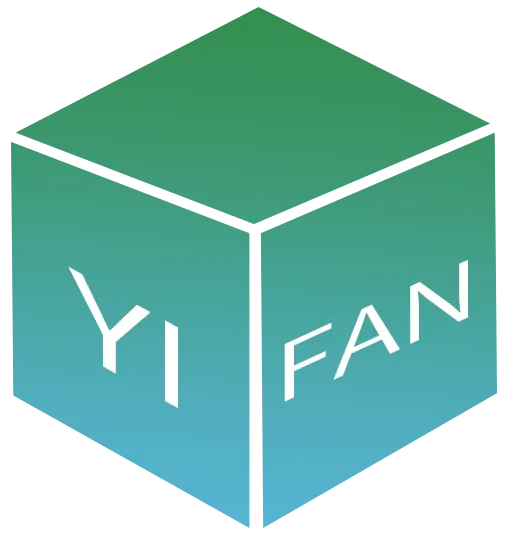
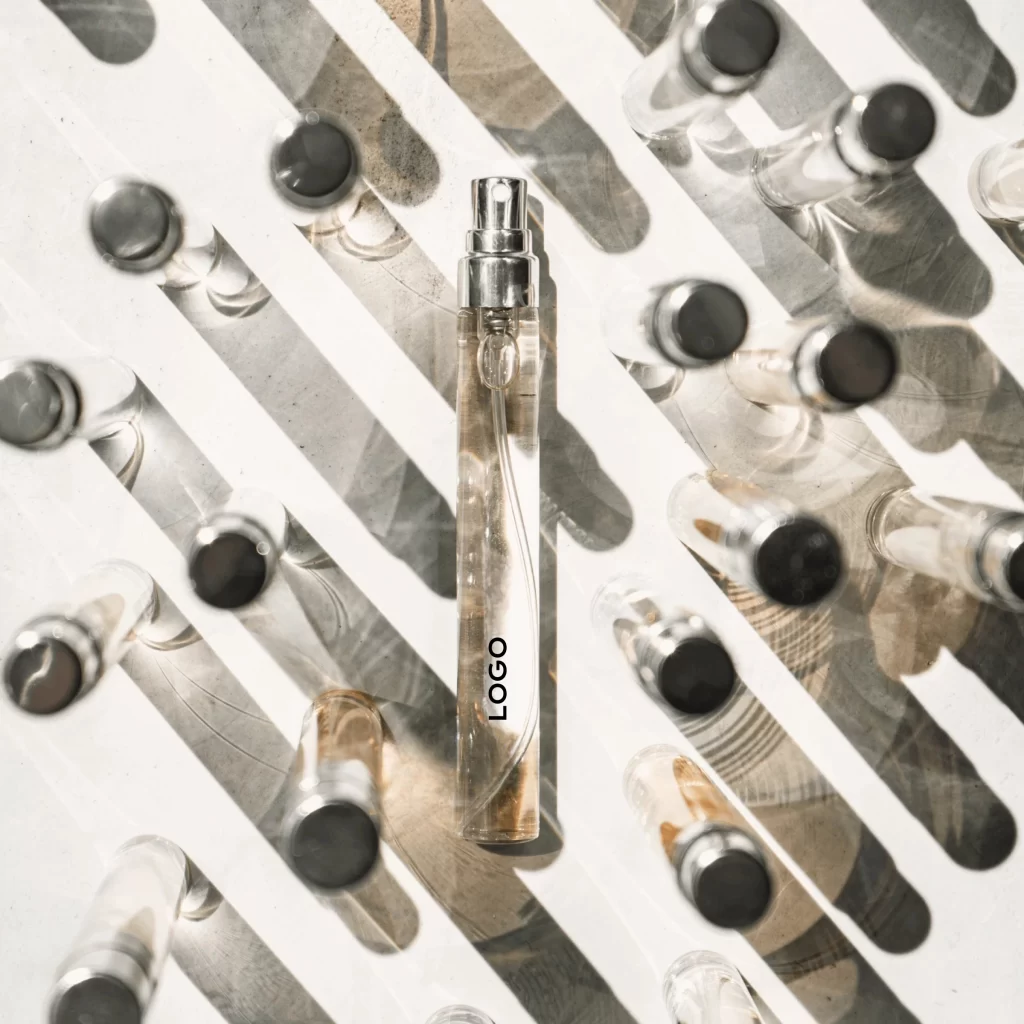
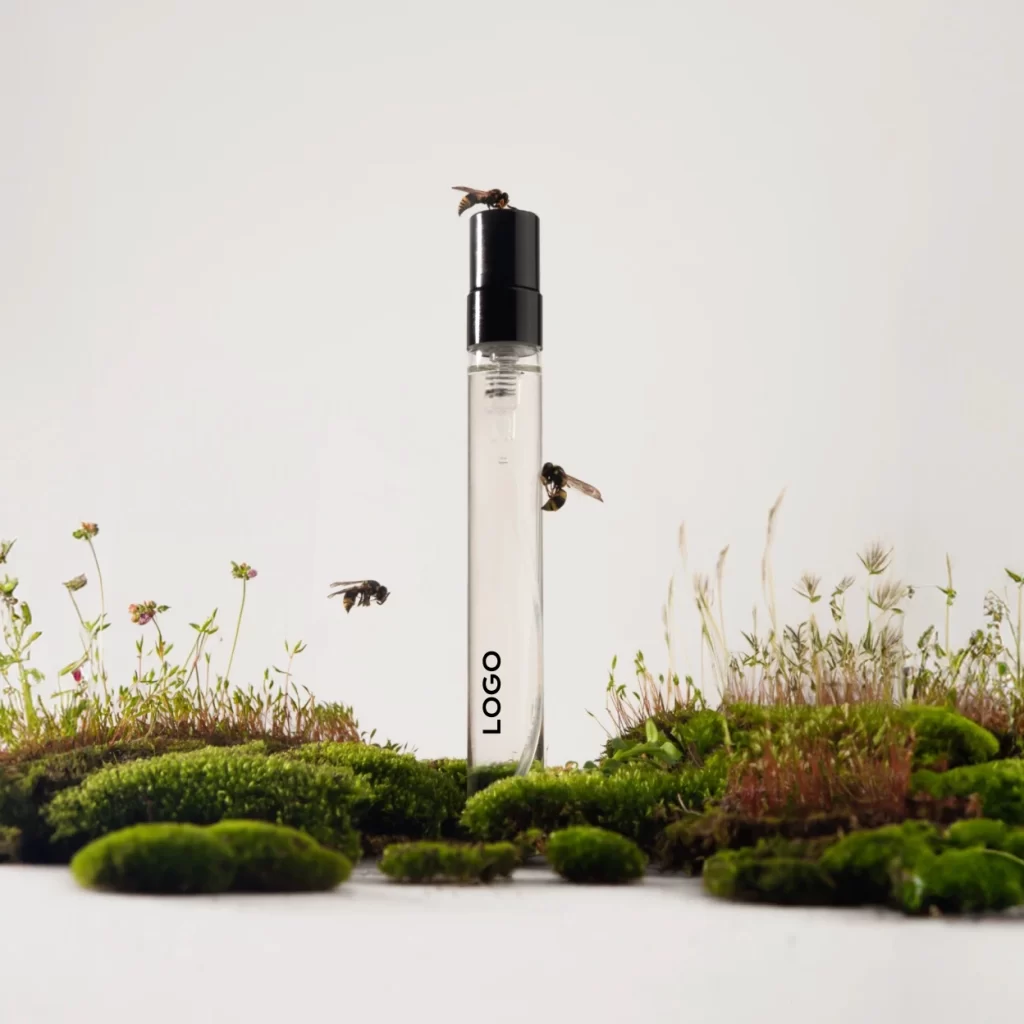
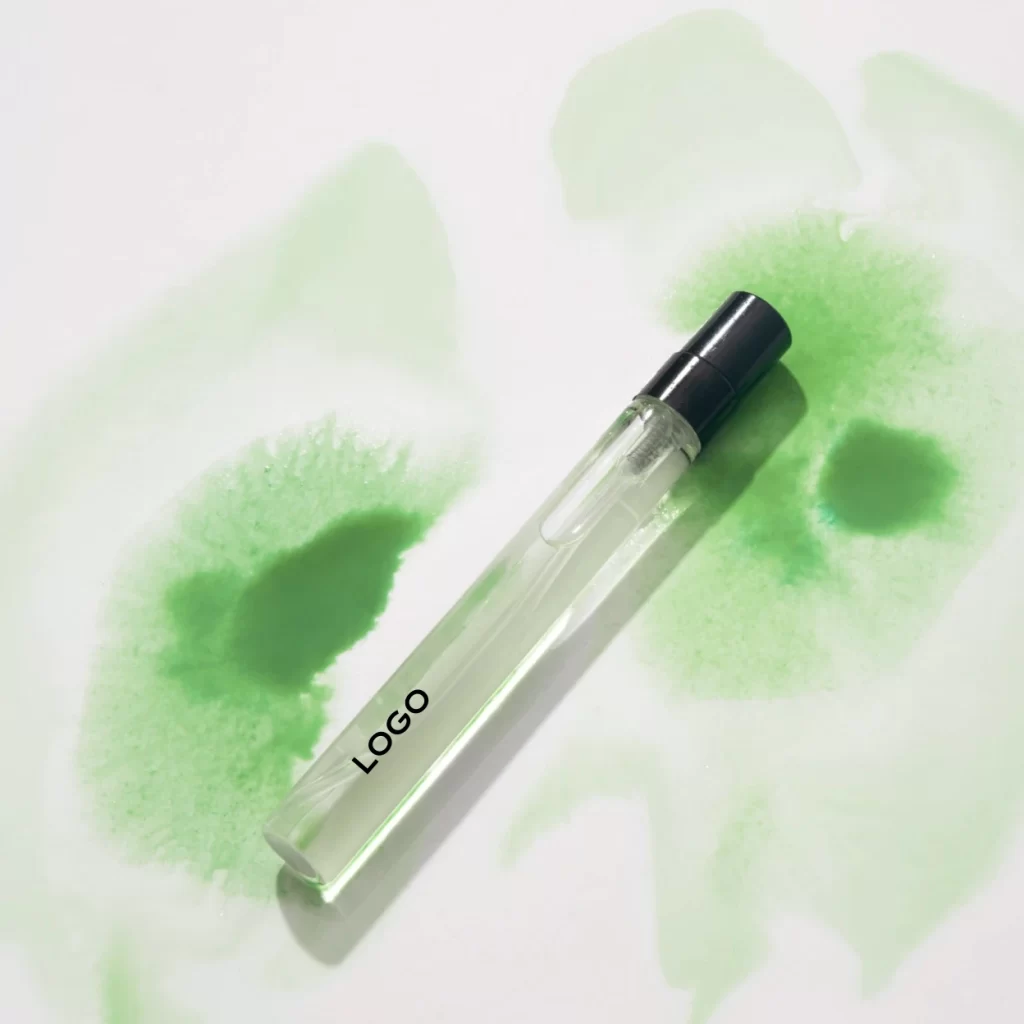
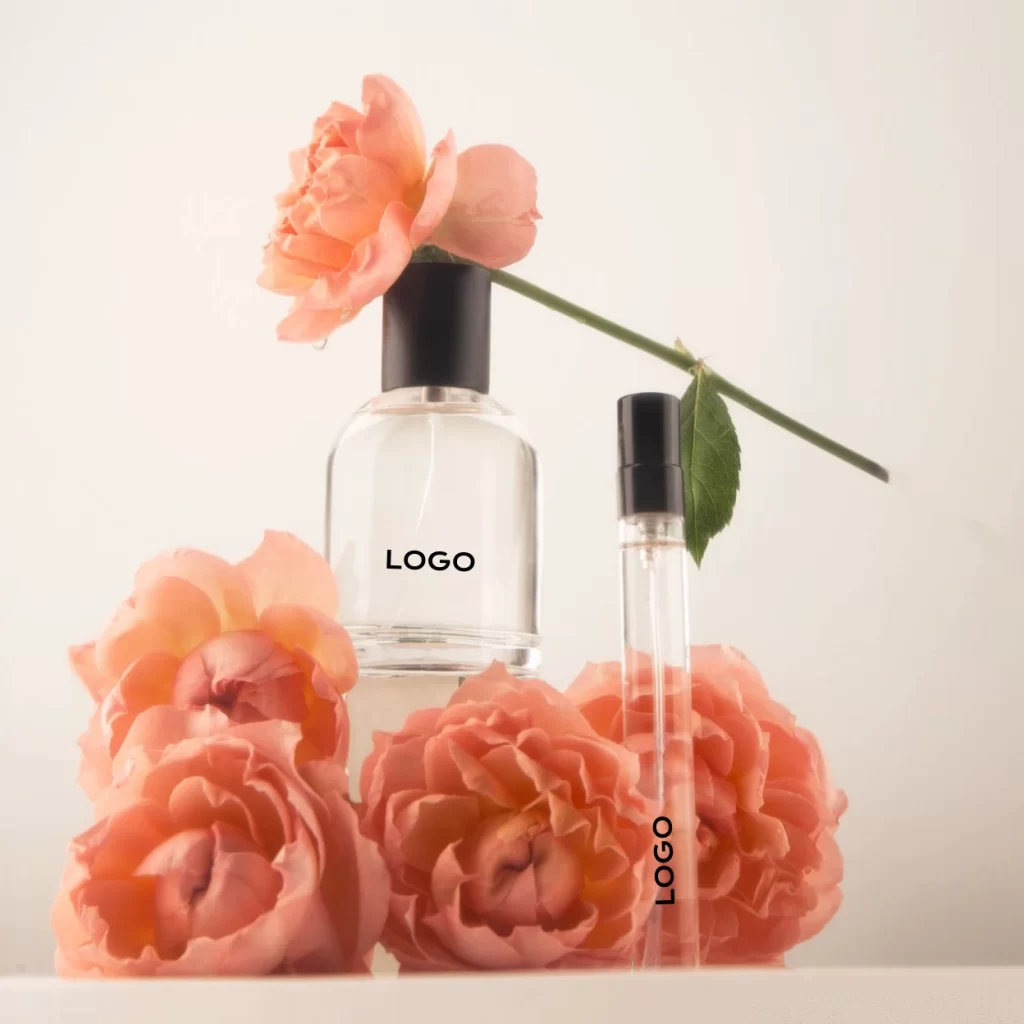
Muchas gracias. ?Como puedo iniciar sesion?